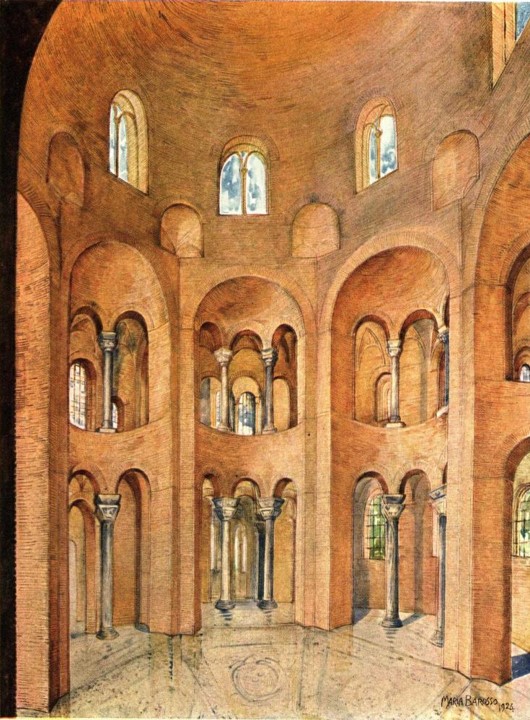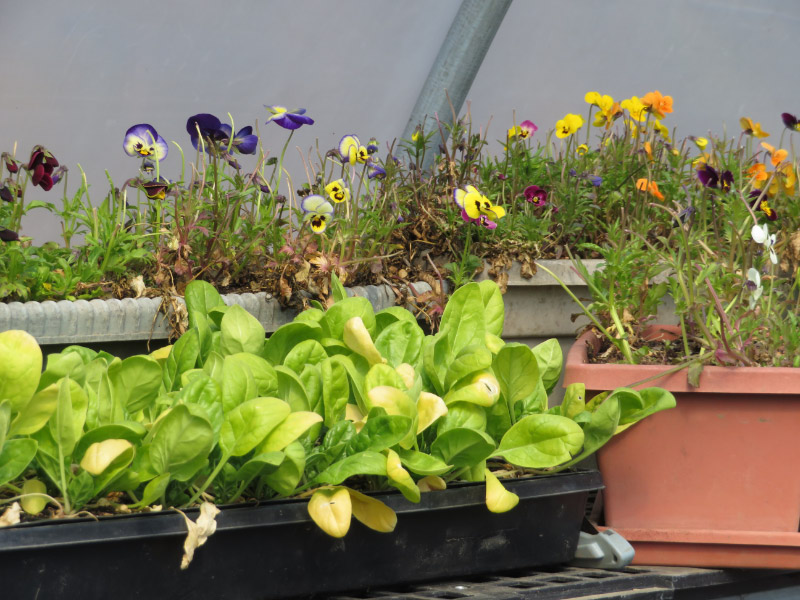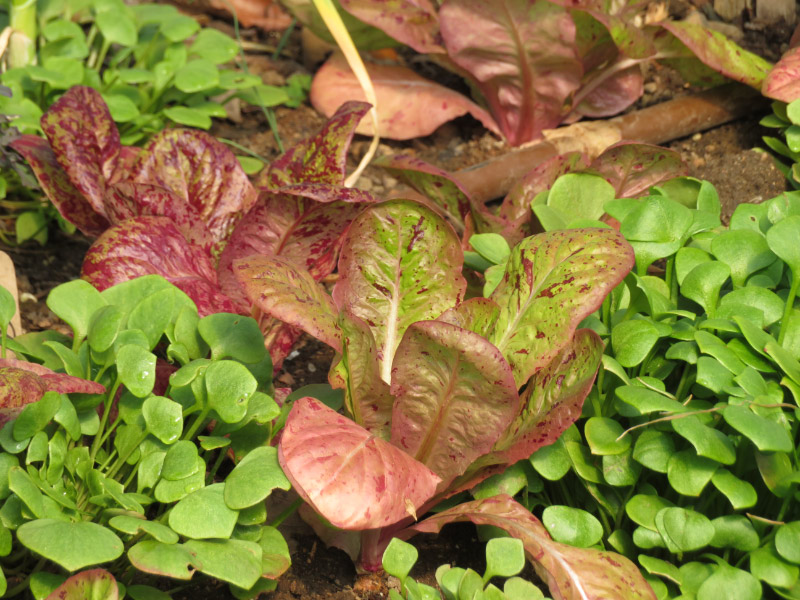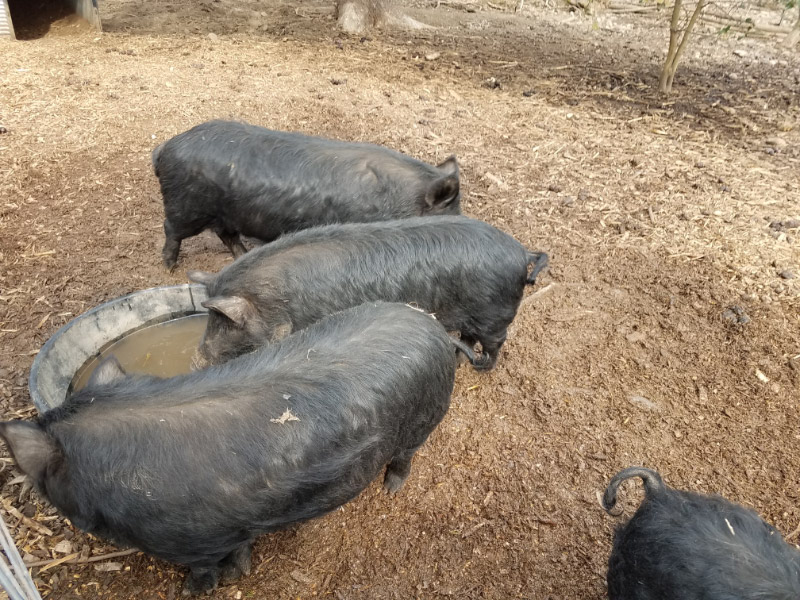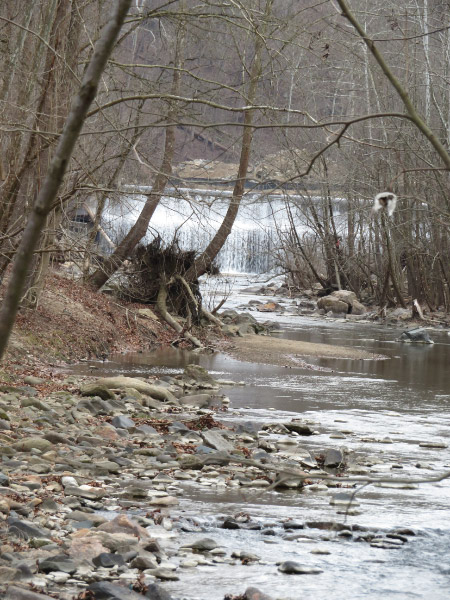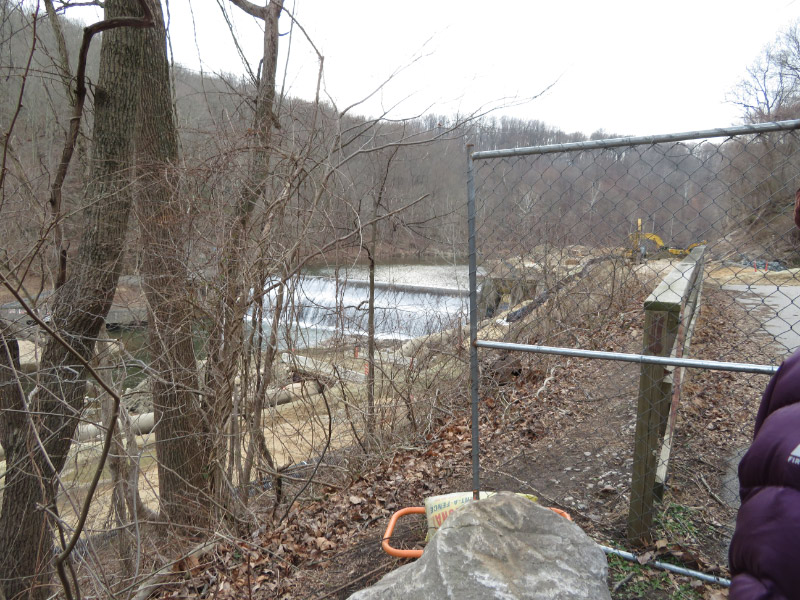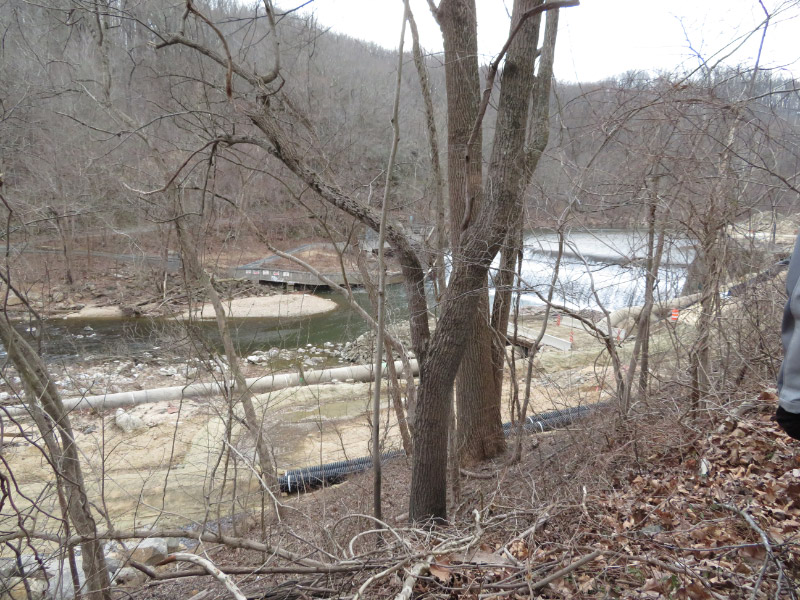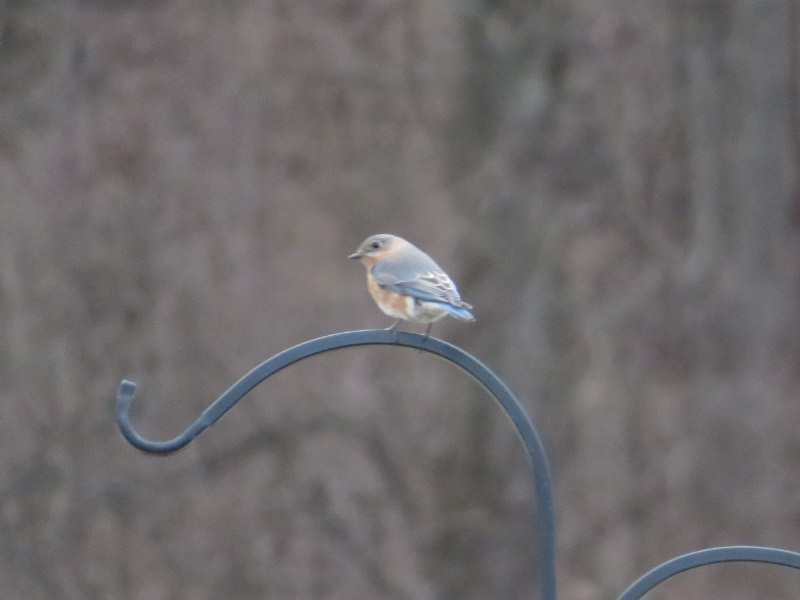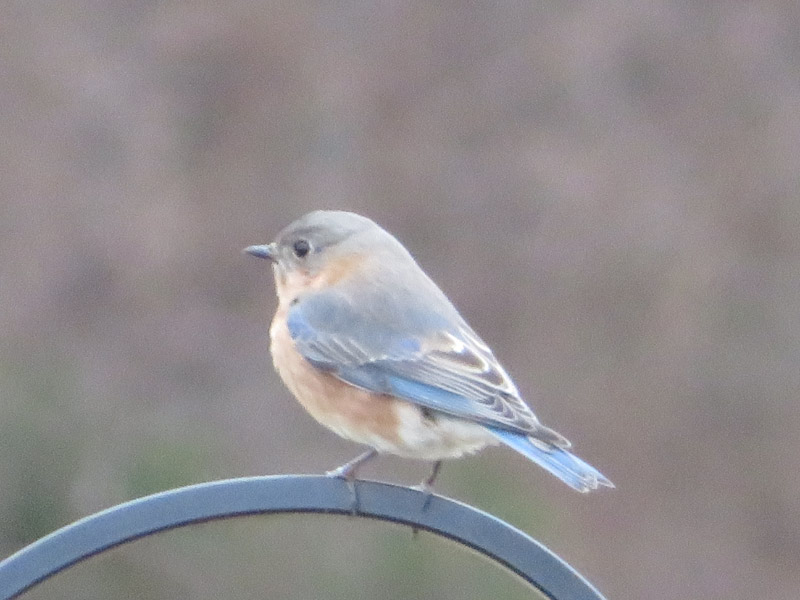Gleanings of the Week Ending May 12, 2018
/The items below were ‘the cream’ of the articles and websites I found this past week. Click on the light green text to look at the article.
Why I Speak Up for Science – National Geographic – A short piece about the need for science in everyday life….why science is important for everyone.
From property damage to lost production: How natural disasters impact economics -- ScienceDaily – The economic impact is more than just a single point of property damage and lost production…there is a ripple effect that can increase the overall impact significantly over what insurance covers and it beomes a very complex problem to estimate.
European Union Bans All Outdoor Uses of Neonicotinoids - Yale E360 – Shouldn’t we in the US be at least this concerned about the health of bees and other pollinators? Why have we not done more to curtail the use of neonicotinoids?
Top 25 Urban Birds – National Geographic – Some birds are thriving in the cities of the world.
Common Eye Disorders Explained: Cataracts, Glaucoma, AMD | Berkeley Wellness – Prevention, signs and symptoms, treatment…well organized and easy to understand.
These daggers made from human bone were a deadly asset on the battlefield | Science | AAAS – They are from New Guinea….and decorated. Most of the time they were made from cassowary leg bones….but sometimes human thigh bones were used.
US gains in air quality are slowing down: New study indicates challenges of meeting ozone goals -- ScienceDaily – I live in an area that has an increasing number of ‘code red’ days (high ozone). This study indicates that emissions from cars and power plants are understood well enough…but not other sources and that is probably why the trend toward better air quality is slowing down.
BBC - Future - How prison changes people – Evidently the personality change that dominates is an inability to trust others….but there are other common changes as well. Prisons almost seem design to change personalities for the worse.
City upbringing, without pets, boosts vulnerability to mental illness -- ScienceDaily – We need to figure out how to make cities a healthy place for everyone --- including children.
BBC - Future - Why pristine lakes are filled with toxins – A study done on Lake Geneva revealed cadmium, mercury, lead…sometimes in high concentration…from decades of plastic build up in the lake. Other studies of the microplastics in the water (and in water that has been processed for drinking) and then beer and honey from the area. Lots more research is needed on the impact to wildlife in and around the lake.
































